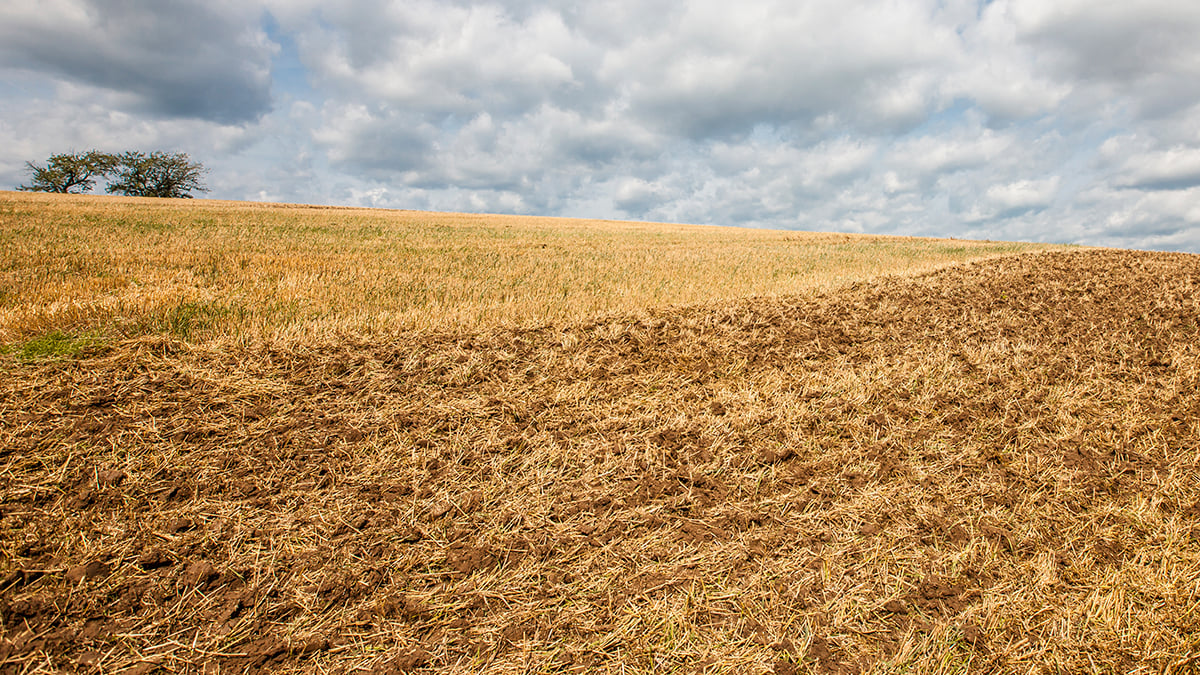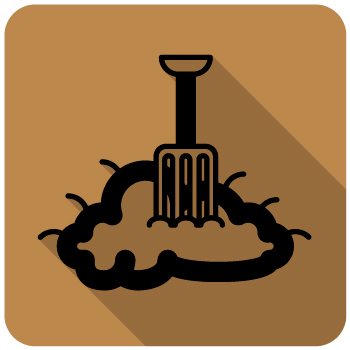Carbonates = carbonate (CO32–) is a salt of carbonic acid (H2CO3) – often found in the soil as calcium carbonate (CaCO3) and also forms the basis of liming compounds, which are usually crushed or milled calcium carbonate
Frost = means that the soil water freezes to ice when the temperature sinks – positive from a soil structure perspective since the volume of water increases when ice is formed and this process loosens the soil
Intercrops = crops such as grass, mustard, clover etc., which grow in the period between main crops, e.g. between winter wheat and spring barley. Used for various purposes – decreasing nitrogen leaching from the soil, increasing the supply of organic material, attracting wild birds and animals, etc
Iron and aluminium oxides = chemical compounds between iron (Fe) and aluminium (Al) on the one hand and oxygen (O) on the other, e.g. common rust is an iron oxide
Pores = soil pores are the spaces, channels and cracks in the soil, which are filled with either water or air depending on the actual water content of the soil
Read more










